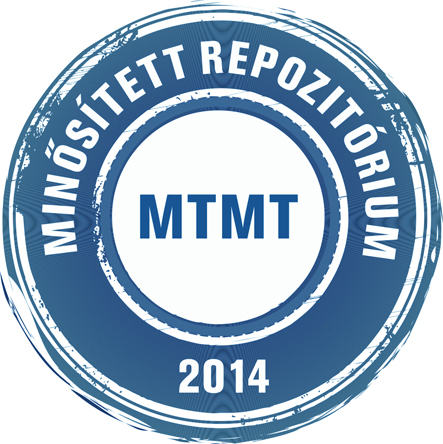Dacquin, Pauline és Barnes, Brittany F. és Caiti, Emilio és Corley, Juan és Deganutti, Luca és Faccoli, Massimo és Gandhi, Kamal J. K. és Garcia, Andre és Grodzki, Wojciech és Jactel, Herve és Inward, Daegan és Knizek, Milos és Lantschner, Victoria és Lakatos, Ferenc és de Pletincx, Nathan Lecocq és Meurisse, Nicolas és Nikolov, Christo és Pugh, Andrew és Riggins, John J. és Aron, Serge és Gregoire, Jean-Claude (2025) Mating before host colonization: a common trait in outbreeding Scolytinae, potentially linked to invasiveness. ENTOMOLOGIA GENERALIS, 45 (2). pp. 391-399. ISSN 0171-8177
|
Szöveg
entomologia_Volume_45_Number_2_p391-399_Mating_before_host_colonization_a_common_trait_in_outbreeding_Scolytinae_potentially_linked_to_inva.pdf Download (1MB) |
Absztrakt (kivonat)
Little is known about the influence of mating strategies that could potentially facilitate the colonization of new hosts in outbreeding species of the weevil subfamily Scolytinae. Individuals typically emerge from their host tree, disperse, and then mate with unrelated conspecifics in a new host where the females establish maternal galleries. Yet, in several species commonly classified as outbreeding, females have been found already mated before host colonization. Precolonization mating provides female with a sperm supply before they find a new host and allows them to establish a maternal gallery on their own. We compared the proportion of females mated before host colonization across 18 European and four American outbreeding Scolytinae species using a phylogenetically controlled analysis. To this end, we determined whether females caught in the spring had sperm in their spermathecae. We found that a proportion of females (range: 16–100%) mated before host colonization in all 22 species. Moreover, this trait was biased, although not significantly, toward invasiveness. Species known to have established outside their native range (Scolytinae with an Invasion History – SIH) displayed a higher proportion of females mated before host colonization than did species restricted to their native range (non-SIH). In Hylurgus ligniperda (Fabricius), a Palearctic species currently present across the globe, the proportions of females mated before host colonization reach 90% in the species’ native range and up to 99% in its nonnative range (Argentina and New Zealand). Overall, these results show that precolonization mating is widespread among the Scolytinae. This trait could enhance the invasive capacities of outbreeding species by allowing females to establish a maternal gallery independently of any male during colonization, thus facilitating the establishment and spread of species introduced in new geographical areas.
Tudományterület / tudományág
agrártudományok > erdészeti és vadgazdálkodási tudományok
természettudományok > környezettudományok
Kar
Nem releváns
Intézmény
Soproni Egyetem
| Mű tipusa: | Cikk |
|---|---|
| SWORD Depositor: | Teszt Sword |
| Felhasználó: | Csaba Horváth |
| A mű MTMT azonosítója: | MTMT:36125329 |
| Dátum: | 23 Jún 2025 10:40 |
| Utolsó módosítás: | 23 Jún 2025 10:40 |
| URI: | http://publicatio.uni-sopron.hu/id/eprint/3649 |
Actions (login required)
 |
Tétel nézet |


 Repozitóriumi letöltési statisztika
Repozitóriumi letöltési statisztika Repozitóriumi letöltési statisztika
Repozitóriumi letöltési statisztika
